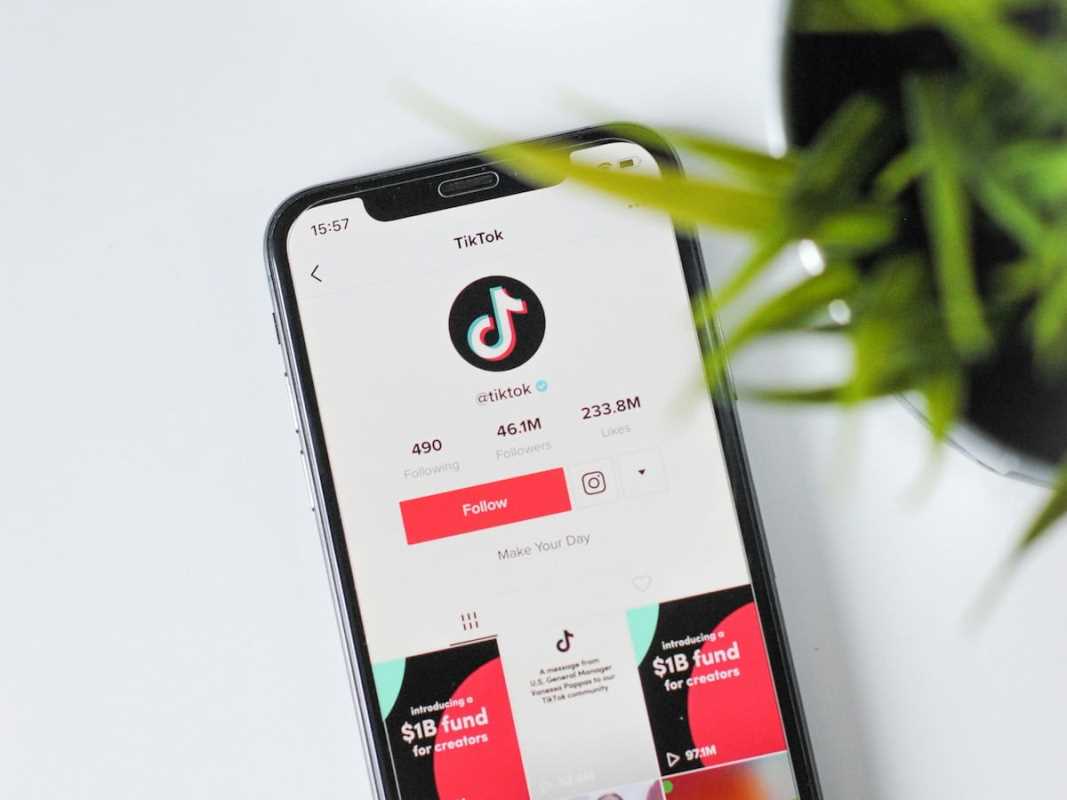Understanding how people feel about your brand is important for its success. Social listening offers a way to monitor and analyze what customers are saying about your business on social media and other platforms. By tracking in real time, you can identify opportunities, address concerns, and adapt your methodologies to meet customer expectations. Social listening goes beyond simply reading mentions. It involves using programs to gather insights into trends, moods, and topics that matter to your audience. Let's talk about the concept, the advantages it offers, and introduce effective tools you can use to monitor brand sentiment and improve customer connections.
1. What Is Social Listening?
Social listening refers to the process of tracking and analyzing online conversations about your brand, competitors, or industry. It goes beyond counting likes or mentions by focusing on the sentiment and context behind these interactions. By paying attention to positive, neutral, or negative feedback, businesses gain a better understanding of how their audience perceives them.
- If your brand receives a burst of mentions after launching a product, tools help determine whether these comments are primarily praising the product or expressing concerns.
- Sentiment analysis tools flag patterns, like whether online discussions mention excellent customer service or delivery delays.
Businesses can act quickly on feedback and build stronger relationships with customers. Set up alerts for your brand name and industry keywords to begin collecting data about your brand’s presence.
2. The Importance of Social Listening
Social listening offers benefits that help brands grow, improve, and maintain positive customer relationships. Here are the main advantages:
- Immediate Feedback on Campaigns: Tracking reactions in real time allows you to measure the impact of campaigns. A restaurant can monitor responses to a new menu item and respond to customer preferences immediately.
- Crisis Management: Negative feedback spreads fast on social media. Programs can alert businesses quickly so they can respond professionally before issues escalate.
- Identifying Trends: Monitoring conversations in your niche provides insights that help guide your product development or marketing strategies.
- Boosting Engagement: Engaging with customers who are talking about your brand strengthens relationships.
- Learning from Competitors: Keeping an ear to what people are saying about competitors offers valuable insights into gaps you can fill and mistakes you can avoid.
Develop a system for categorizing online monitoring data into actionable steps, such as improving customer service, refining campaigns, or adjusting messaging.
3. Tools for Real-Time Social Listening
Use programs to simplify the task of monitoring online chatter and analyzing data. Each tool offers unique features, so choose one based on your business’s needs.
- Hootsuite Insights Powered by Brandwatch: Provides real-time data about brand mentions across platforms. Hootsuite’s comprehensive analytics identify views, track trending topics, and offer suggestions for engagement.
- Sprout Social: Delivers features that monitor and summarize audience views. The tool allows businesses to track keyword usage and offers detailed dashboards for sentiment trends.
- NetBase Quid: Focuses on precise data interpretation by providing competitive insights and trend tracking. It’s suitable for businesses looking for in-depth insights from global conversations.
- Brand24: Monitors mentions on blogs, social channels, and forums and categorizes them. It’s particularly effective for small businesses focused on gathering actionable insights.
- Talkwalker: Tracks mentions worldwide, analyzing data and performance for paid and organic efforts across platforms. It also includes image recognition to find your logo or visual branding.
- Google Alerts: A simple, free tool that notifies you of specific keywords mentioned online. While limited in sentiment analysis, it serves as a starting point for businesses new to social listening.
Combine multiple resources for a layered approach. You could use a robust platform like Hootsuite Insights for in-depth analysis alongside free options like Google Alerts to make sure nothing is overlooked.
4. Steps to Start Social Listening
Implementing an effective strategy doesn’t need to be complicated. Follow these steps to start monitoring brand sentiment:
Define Your Objectives
Decide what you want to achieve. Whether it’s better customer service, detecting potential PR crises, or learning from competitors, clear goals make sure your efforts remain focused.
Select Keywords and Hashtags
Choose keywords, hashtags, and phrases to monitor. Including brand names, industry buzzwords, product-specific terms, and competitor names will give you a complete perspective.
Use Tools to Gather Data
Choose and set up tools suited to your needs. Platforms like Sprout Social automatically track mentions and categorize sentiment, saving time.
Analyze Sentiment
Go beyond basic metrics like the number of mentions by analyzing the mood behind those mentions. Determine whether users are expressing positivity, negativity, or neutrality.
Act on Insights
Social listening is only effective if you act on the insights gained.
- Respond proactively to negative mentions to address dissatisfaction promptly.
- Amplify positive mentions and customer success stories by sharing them on your platform.
Evaluate and Adjust
Social media conversations evolve quickly. Regularly review chosen keywords, platforms, and results to refine your approach.
Schedule weekly meetings to discuss insights with your team and brainstorm ways to act on findings.
5. Applying Social Listening Data
Social listening is most impactful when you translate insights into well-thought-out actions. Below are practical ways businesses use data:
- Enhancing Products or Services: Furniture companies often adjust product features based on recurring online complaints or requests for specific dimensions or colors.
- Customizing Marketing Campaigns: A beverage brand might spot a trend where certain audiences want healthier options, prompting them to launch a low-sugar ad campaign.
- Building Customer Loyalty: Engaging with positive mentions builds trust. Thanking users for kudos or amplifying their comments makes them more likely to remain loyal.
- Handling Negative Press: Businesses that acknowledge negative feedback transparently show they value customer voices. Quick, thoughtful responses can neutralize issues and even turn critics into advocates.
Document recurring patterns to develop long-term plans that address common customer needs or concerns.
 (Image via
(Image via





